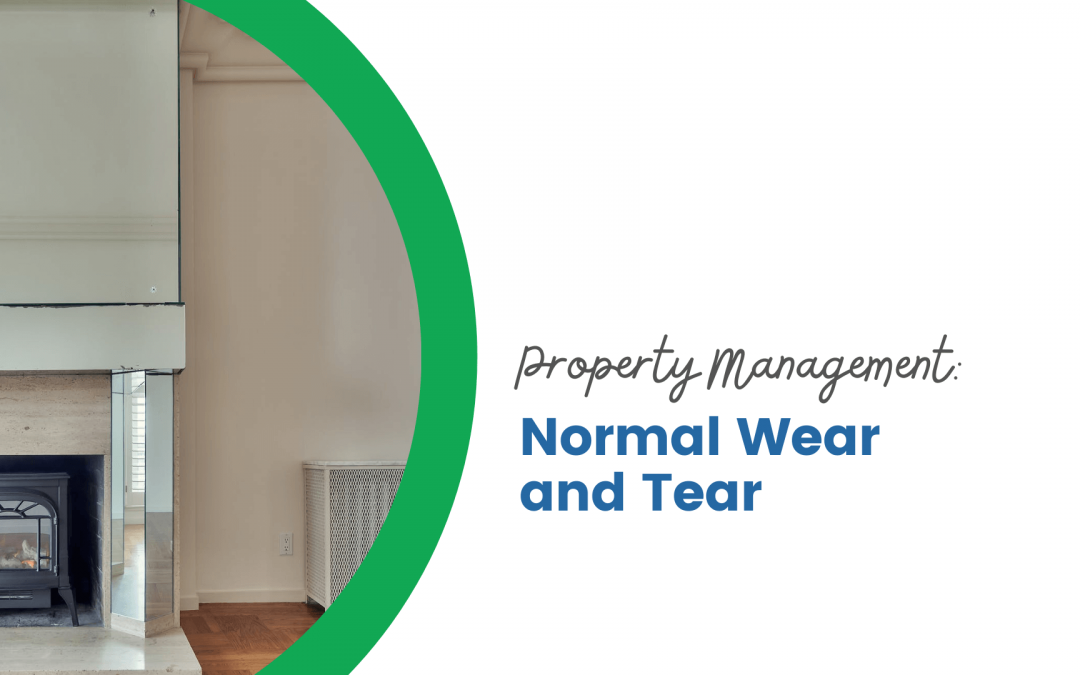Dallas landlords and tenants don’t always agree on the definition of normal wear and tear. This is usually an issue when a tenant is moving out of a property, and the landlord does an inspection and withholds money from the security deposit because of damage.
You want to hold your tenants accountable, of course, but don’t make the mistake of charging them for items that are actually normal wear and tear. Tenants may take you to court, and you’ll find yourself having to pay back the entire security deposit plus punitive damages if you get it wrong.
Don’t get it wrong. Make sure you have a clear understanding of what should be considered wear and tear. If you have any doubt, talk to Dallas property managers.
When you do a good job inspecting your property and documenting its condition, you can usually recognize wear and tear versus tenant damage, and you should be able to protect yourself against any tenant disputes or claims.
Here are some tips on how to identify normal wear and tear before you try to deduct for it.
Understanding Normal Wear and Tear
Normal wear and tear is the deterioration of a property that happens over time. It’s to be expected, and it’s generally the landlord’s responsibility when a home is being rented out. Wear and tear would happen regardless of the person living in the property, so it’s hard to hold tenants responsible.
Some examples of normal wear and tear include those small nail holes in the wall from where pictures or clocks might have been hung. Scuff marks might also show up on the wall from where furniture was resting, and there may be imprints in the carpet from the same furniture, or slight wear in high traffic areas.
These are the things that you have to pay for as a property owner. If you try to charge a tenant’s deposit for items that obviously fall into the wear and tear category, you will likely get pushback from that tenant.
How is Damage Different from Wear and Tear?
Tenant damage is different and goes beyond wear and tear. Damage is usually the result of abuse, misuse, or neglect. Sometimes it’s accidental, but it’s still damage. Examples of tenant damage would be large holes in the wall or scratches and tears in the floor. If a carpet is stained or a window is broken, you can charge the deposit for these things.
Move-In Inspection Reports for Dallas Rental Homes
This difference is why your inspection reports are so important. Inspect the property carefully before a tenant moves in so you can accurately document the condition of the home. You’ll want to inspect the home after the tenant moves out and compare the pictures and the notes. If the screens are torn out of the windows and they were clearly in place and functional at move-in, you can charge the deposit. If the refrigerator door is hanging off its hinges but it was fine when the tenant moved in, you can charge for that as well.



Recent Comments